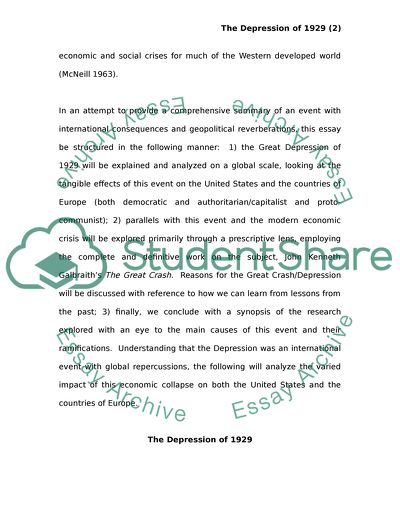Cite this document
(“The 1929 Great Depression How and Why it Happened Essay”, n.d.)
Retrieved from https://studentshare.org/miscellaneous/1551505-the-1929-great-depression-how-and-why-it-happened
Retrieved from https://studentshare.org/miscellaneous/1551505-the-1929-great-depression-how-and-why-it-happened
(The 1929 Great Depression How and Why It Happened Essay)
https://studentshare.org/miscellaneous/1551505-the-1929-great-depression-how-and-why-it-happened.
https://studentshare.org/miscellaneous/1551505-the-1929-great-depression-how-and-why-it-happened.
“The 1929 Great Depression How and Why It Happened Essay”, n.d. https://studentshare.org/miscellaneous/1551505-the-1929-great-depression-how-and-why-it-happened.


